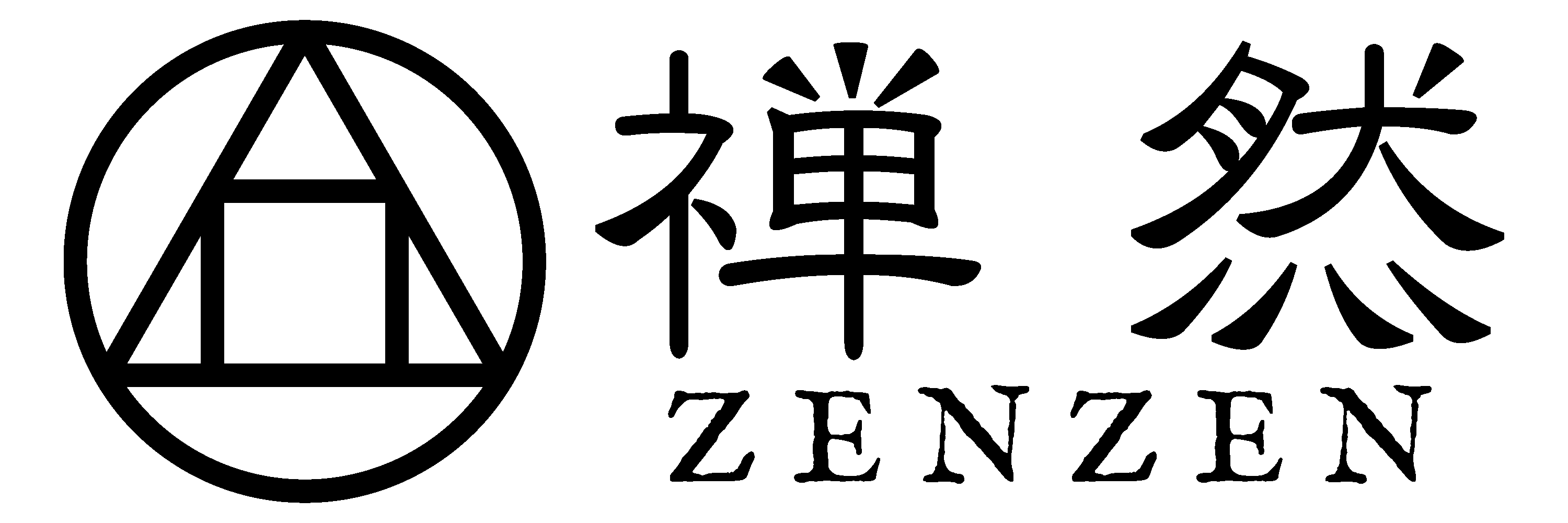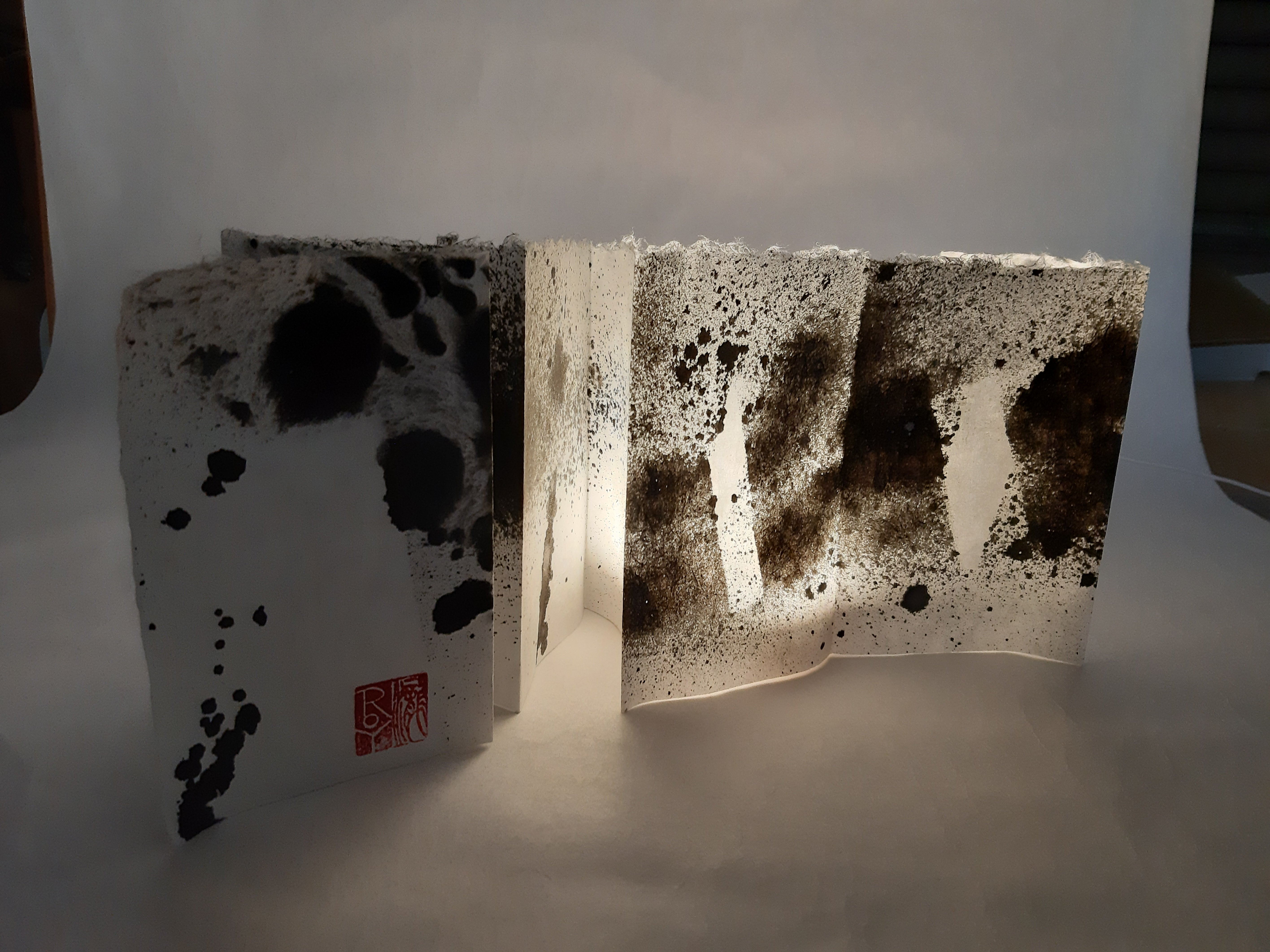The Art of the Japanese Brush
The history of brush-making in Japan dates back to the 8th century when envoys brought the techniques from China. During this period, the demand for stationery soared, driven by the need to replicate sacred sutras. Over time, brush makers in Japan developed distinct styles unique to their regions. By the 17th century, it was common to find brush makers at every roadside stop, each crafting brushes that have since become famous, such as Edo brushes, Nara brushes, Arima brushes, and Kumano brushes.
Creating a traditional Japanese brush is an intricate process. Separate artisans craft the brush heads and handles, often using hairs from animals like goats, sheep, cats, horses, and raccoon dogs. It takes ten meticulous steps to attach the brush head to its handle, reflecting the craftsmanship that goes into each piece.
In Japan, almost every child learns to use a calligraphy brush in elementary school, making it a fundamental part of their education. Today, these brushes are not only revered for their role in calligraphy but have also found a new purpose as high-quality cosmetic brushes, prized for their softness and precision.


